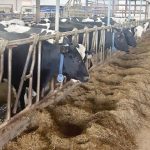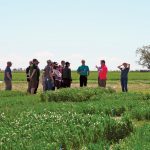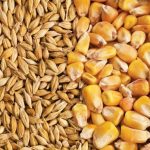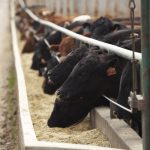MarketsFarm — As colder temperatures descend onto the Prairies, buying activity for feed barley and wheat was just as frigid. “A lot of guys are fairly caught up with purchasing,” said Mike Fleischhauer of Eagle Commodities Inc. in Lethbridge. “You see the prices of wheat and barley start to trickle down a little bit. Corn’s […] Read more












